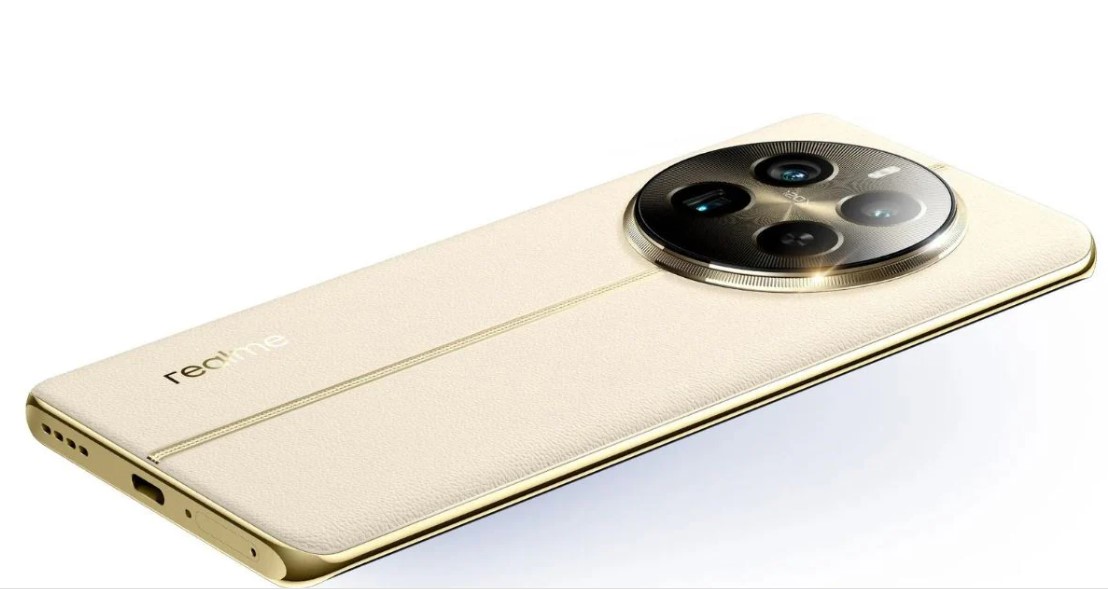The top trends and technologies influencing the future of mobile devices were revealed today by, a leading worldwide electronics company and innovator in connectivity Molex.
The results of the survey show that mobile device form factors, disruptive features, and innovations will all continue to evolve and have an impact on smartphones, smart wearables, and other mobile devices produced in 2026. The survey also revealed by 2026, There Won’t Be Any “Typical” Mobile Devices
According to Justin Kerr, vice president and general manager of Molex’s Micro Solutions Business Unit, “The future of mobile devices shines brightest when envisioning the potential to revolutionise almost every part of our daily lives.”
“Different device combinations and form factors will emerge to fuel life-changing advances in ‘connectedness’—from new healthcare apps and smart home hubs to mobile payments and other possibilities limited only by our imaginations.”
Highlights of the Survey
- 68% of those surveyed say consumers will have more smart devices by 2026
- 90% of OEMs and suppliers polled expect form factors to change as use cases evolve
- Innovations in data connectivity, wireless charging and cameras to become prevalent
- 5G cellular performance, high-speed wireless connectivity, battery life and sustainability top list of persistent technology challenges
A “Typical” Mobile Device Won’t Exist in 2026
A set of questions were posed to survey respondents in order to gather information for a representation of average smartphones and mobile devices in 2026. While several things were mentioned in the responses, some of them are now accessible, while others are probably yet in the future. As a result, no single definition of a typical mobile device in 2026 was developed.
Self-charging, holographic or projection displays, entirely recyclable, environment-proof, such as dust- or waterproof, and no-break displays round out the top five disruptive features most anticipated by respondents.
Rollable gadgets, health biosensors, folding devices, pop-up cameras, and device and display separation are also on the list. Which features gain sufficient use cases, market traction, and consumer traction to become standardised will be determined over time.
According to the survey, form factors (e.g., screen size, shape, etc.) also will evolve over the next five years. While 90% of those polled expect mobile devices to take on different form factors, there wasn’t consensus on whether they would be smaller, larger or different altogether. Nearly two-thirds believe demand for novel wearables will grow, including smart clothing (40%), glasses (33%), earpieces (29%) and watches (29%).
Typical consumers will likely have more specialized devices by 2026, according to two-thirds of those polled. Still, 64% believe smartphones with integrated capabilities will minimize or replace the need for tablets.
Connectivity and 5G Lead Significant Innovations and Benefits
Respondents also were asked to rank up to five of the top features poised for the greatest amount of innovation in mobile devices manufactured in 2026. They cited data connectivity (42%), followed by wireless charging (36%), cameras (33%), Wi-Fi connectivity (28%) and built-in speakers (28%).
Furthermore, 82% expect consumers to reap significant benefits from 5G-enabled mobile devices by 2026. Ultra-fast 5G or mmWave ranked first (42%) in enabling technologies forecasted to drive disruption in mobile device manufacturing, followed by two-way wireless charging, optical waveguides for smart glasses, cameras with wafer-level optics, and nanoscale or micro-scale components.
Continued Focus on Solving Technology Challenges
Among mobile device OEMs and their suppliers, technology challenges remain that could impact plans for building future mobile devices.
According to the survey participants, the most difficult problems to address are performance of 5G cellular connectivity (37%), high-speed wireless charging (37%), battery life (36%), sustainability (35%) and inability to produce small components at micro or nano scale (27%).






